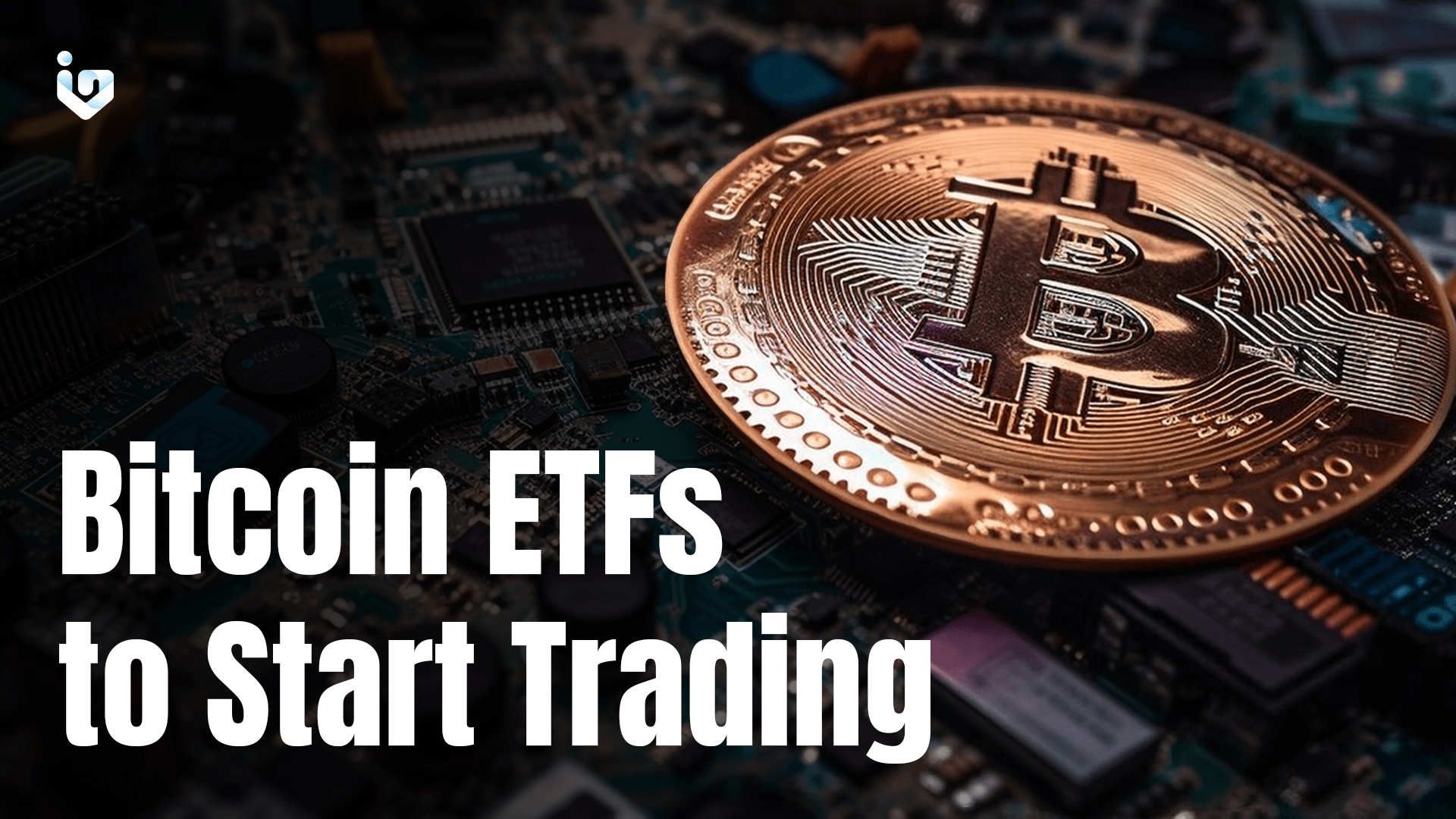On Wednesday, January 10, 2024, the U.S. Securities and Exchange Commission (SEC) approved 11 applications for spot bitcoin ETFs, clearing the way for them to start trading on Thursday, January 11, 2024. This is a historic moment for the crypto industry, as it marks the first time that the SEC has allowed investors to access bitcoin directly through a regulated and transparent vehicle.
How It Happened
The approval of spot bitcoin ETFs has been a long-awaited and highly anticipated event for the crypto community. The first application for a bitcoin ETF was filed by the Winklevoss twins in 2013. However, the SEC rejected it in 2017. They cited concerns over market manipulation, fraud, and lack of regulation. Since then, many other applications have been submitted but none have received the green light until now.
The tide began to turn in 2021, when the SEC approved several bitcoin ETFs based on futures contracts, which are derivatives that track the price of bitcoin without holding the actual asset. These products, however, have higher fees, lower liquidity, and more complexity than spot bitcoin ETFs, which directly hold bitcoin in custody and reflect its market price.
The breakthrough came in June 2023, when Blackrock, the world’s largest asset manager, filed an application for a spot bitcoin ETF, signaling its confidence in the crypto space and its readiness to meet the SEC’s standards. Following Blackrock’s move, many other prominent financial firms, such as Fidelity, VanEck, WisdomTree, and Invesco, also filed their own applications for spot bitcoin ETFs, creating a critical mass of support and pressure for the SEC to act.
The SEC finally announced its approval of 11 spot bitcoin ETFs on Wednesday, January 10, 2024, after the close of trading. The approved products are:
Blackrock’s iShares Bitcoin Trust (IBIT)
ARK 21Shares Bitcoin ETF (ARKB)
WisdomTree Bitcoin Fund (BTCW)
Invesco Galaxy Bitcoin ETF (BTCO)
Bitwise Bitcoin ETF (BITB)
VanEck Bitcoin Trust (HODL)
Franklin Bitcoin ETF (EZBC)
Fidelity Wise Origin Bitcoin Trust (FBTC)
Valkyrie Bitcoin Fund (BRRR)
Grayscale Bitcoin Trust (GBTC)
Hashdex Bitcoin ETF (DEFI)
These products will be listed and traded on various stock exchanges such as Cboe, NYSE, and Nasdaq. Trading of BTC ETFs will start on Thursday, January 11, 2024.
What It Means for the Market
The approval of spot bitcoin ETFs is expected to have a positive impact on the crypto market. It will make bitcoin more accessible, attractive, and mainstream for investors. Some of the potential benefits are:
Increased demand and adoption
Spot bitcoin ETFs will lower the barriers to entry and reduce the friction for investors. This is especially true for institutional and retail investors who prefer to use traditional and regulated platforms. Spot bitcoin ETFs will also increase the visibility and awareness of bitcoin among the general public.
Improved liquidity and efficiency
Spot bitcoin ETFs will increase the trading volume and liquidity of bitcoin, as they will create more arbitrage opportunities and market participants. They will also improve the price discovery and efficiency of bitcoin. Hopefully, this will reflect its true market value and reduce the discrepancies between different platforms and regions.
Enhanced security and transparency
Spot bitcoin ETFs will offer a higher level of security and transparency for investors. they will be subject to the oversight and regulation of the SEC and other authorities. Spot bitcoin ETFs will also have to comply with strict standards of custody, auditing, reporting, and disclosure. This is all to ensure that investors’ funds are safe and accounted for.
On a Side Note
The approval of spot bitcoin ETFs is a major milestone for the crypto industry, as it demonstrates the growing recognition and acceptance of bitcoin as a legitimate and valuable asset class. Spot bitcoin ETFs will likely boost the adoption and innovation of bitcoin and other cryptocurrencies, paving the way for a more inclusive and decentralized financial system.
While this is definitely a bullish development, remember that anything can happen in the markets. Cryptocurrencies will most likely experience long-lasting bullishness. However, this news could become a “sell on news” kind of event given that everyone has already been anticipating this to occur.
